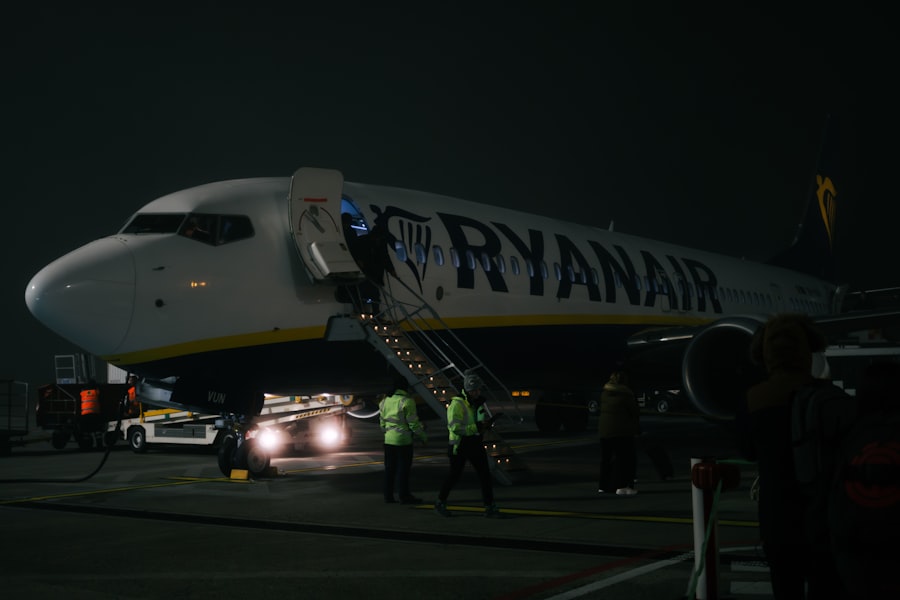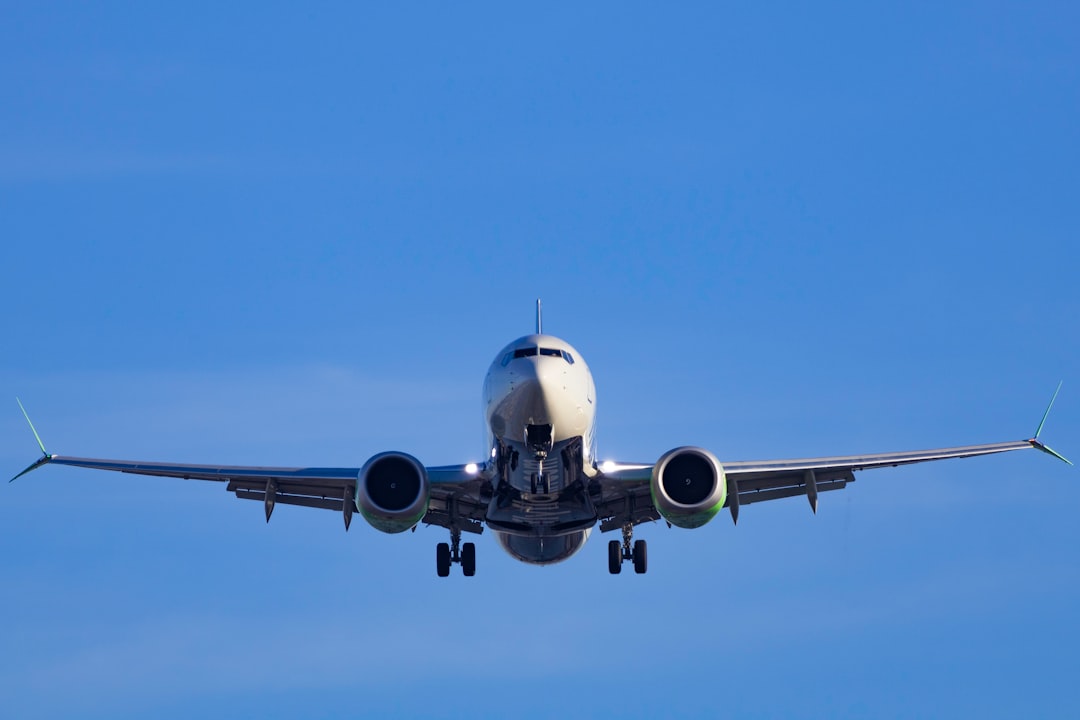Spirit Airlines, founded in 1980, has carved a niche for itself in the competitive landscape of the airline industry. Originally established as a small charter service, it has evolved into a prominent ultra-low-cost carrier (ULCC) that operates an extensive network across the United States, Latin America, and the Caribbean. The airline’s business model is predicated on offering low base fares while charging for various add-ons, a strategy that has garnered both criticism and praise.
Spirit’s distinctive approach to air travel has attracted a diverse customer base, from budget-conscious travelers to those seeking spontaneous getaways. The airline’s headquarters is located in Miramar, Florida, and it operates a fleet primarily composed of Airbus A320 family aircraft. Spirit Airlines has positioned itself as a disruptor in the airline industry, challenging traditional carriers by emphasizing affordability and accessibility.
This positioning has allowed it to thrive in an era where consumers are increasingly price-sensitive and willing to forgo certain comforts for lower ticket prices. As the airline continues to expand its reach and refine its operations, it remains a focal point of discussion regarding the future of air travel and the evolving expectations of passengers.
Key Takeaways
- Spirit Airlines is an ultra-low-cost carrier known for its minimalist approach to service and emphasis on cost control.
- The airline generates significant ancillary revenue through fees for services such as baggage, seat selection, and onboard refreshments.
- Spirit Airlines utilizes fuel-efficient aircraft to minimize operating costs and environmental impact.
- The airline operates a point-to-point route network, offering limited customer service and a no-frills experience.
- Emphasis on cost control allows Spirit Airlines to offer low base fares and attract budget-conscious travelers.
Minimalist Approach to Service
Spirit Airlines is renowned for its minimalist approach to service, which is a cornerstone of its business model. This strategy is evident in every aspect of the travel experience, from booking to boarding. Unlike traditional airlines that often provide complimentary meals, beverages, and entertainment options, Spirit opts for a streamlined service that prioritizes efficiency and cost savings.
Passengers are encouraged to bring their own snacks or purchase food and drinks on board, which allows the airline to keep operational costs low while offering fares that are often significantly cheaper than those of its competitors. This minimalist service philosophy extends to the cabin environment as well. Spirit’s aircraft are designed with a focus on maximizing passenger capacity rather than comfort.
The seating configuration typically features narrower seats with less legroom compared to legacy carriers. While this design choice may not appeal to all travelers, it enables Spirit to accommodate more passengers per flight, thereby increasing revenue potential. The airline’s commitment to a no-frills experience is a deliberate choice aimed at attracting budget-conscious travelers who prioritize price over amenities.
Ancillary Revenue Model

A defining characteristic of Spirit Airlines is its ancillary revenue model, which has become a blueprint for many low-cost carriers worldwide. Rather than relying solely on ticket sales for revenue, Spirit generates significant income through various add-on services. These include fees for checked baggage, seat selection, priority boarding, and in-flight refreshments.
This model allows the airline to offer lower base fares while capitalizing on the willingness of some passengers to pay for additional conveniences. For instance, Spirit’s baggage fees have been a point of contention among travelers; however, they are also a substantial source of revenue for the airline. By charging for checked bags and even carry-on luggage, Spirit encourages passengers to travel lighter or opt for alternatives that do not incur additional costs.
This strategy not only enhances profitability but also aligns with the airline’s overall mission of providing low-cost travel options. The success of this model is evident in Spirit’s financial performance, as it consistently reports strong earnings driven by ancillary revenue streams.
Utilization of Fuel-Efficient Aircraft
| Year | Number of Fuel-Efficient Aircraft | Percentage of Fleet |
|---|---|---|
| 2015 | 150 | 15% |
| 2016 | 200 | 20% |
| 2017 | 250 | 25% |
| 2018 | 300 | 30% |
In an industry where fuel costs can significantly impact profitability, Spirit Airlines has made strategic decisions regarding its fleet composition that emphasize fuel efficiency. The airline primarily operates Airbus A320 family aircraft, which are known for their advanced aerodynamics and fuel-saving technologies. By investing in modern aircraft that consume less fuel per passenger mile, Spirit can mitigate one of the largest expenses associated with air travel.
The choice of fuel-efficient aircraft not only contributes to cost savings but also aligns with growing environmental concerns within the aviation sector. As airlines face increasing scrutiny over their carbon footprints, Spirit’s commitment to operating newer, more efficient planes positions it favorably in an evolving regulatory landscape. This focus on sustainability can enhance the airline’s brand image among environmentally conscious travelers while simultaneously improving operational efficiency.
Point-to-Point Route Network
Spirit Airlines employs a point-to-point route network that distinguishes it from traditional hub-and-spoke models used by many legacy carriers. This approach allows the airline to offer direct flights between smaller markets and major destinations without requiring passengers to connect through larger hubs. By focusing on point-to-point service, Spirit can reduce operational complexities and improve turnaround times at airports.
The benefits of this network design are manifold. For travelers, it means more direct flight options and potentially shorter travel times. For the airline, it translates into lower costs associated with layovers and connecting flights.
Additionally, this model enables Spirit to tap into underserved markets that may not be profitable for larger airlines operating under a hub-and-spoke system. By serving these routes, Spirit can attract price-sensitive customers who may have limited options for affordable air travel.
Limited Customer Service

The Drawbacks of Automation
For example, Spirit does not have traditional customer service counters at many airports; instead, it relies heavily on online platforms for booking changes and customer inquiries. This can lead to frustration among travelers who may require assistance or have questions about their flights. In situations where issues arise—such as flight delays or cancellations—passengers may find themselves navigating automated systems or waiting for responses from customer service representatives via chat or email.
The Impact on Customer Experience
While this model is designed to keep operational costs low, it can detract from the overall customer experience and lead to dissatisfaction among those who value personalized service.
No Frills Experience
The no-frills experience offered by Spirit Airlines is both a hallmark of its brand identity and a source of contention among travelers. Passengers who choose Spirit are often aware that they are opting for a basic travel experience devoid of many amenities typically associated with air travel. This includes the absence of complimentary snacks and beverages, in-flight entertainment systems, and even basic seat selection without an additional fee.
For some travelers, this no-frills approach is appealing; they appreciate the transparency in pricing and the ability to customize their travel experience according to their needs and budget. However, others may find the lack of amenities off-putting, particularly if they are accustomed to more traditional airlines that offer a higher level of service. The challenge for Spirit lies in balancing its low-cost model with customer expectations; while many appreciate the opportunity to save money on flights, others may feel that the trade-offs in comfort and convenience are too great.
Emphasis on Cost Control
At the core of Spirit Airlines’ operational philosophy is an unwavering emphasis on cost control. This focus permeates every aspect of the airline’s operations, from fleet management to staffing practices. By maintaining strict control over expenses, Spirit can offer competitive fares that attract budget-conscious travelers while still achieving profitability.
One key area where Spirit exercises cost control is in its staffing model. The airline employs a lean workforce and often utilizes part-time employees to manage labor costs effectively. This approach allows Spirit to maintain flexibility in staffing levels based on demand fluctuations while minimizing overhead expenses associated with full-time employees.
Additionally, the airline’s operational efficiency extends to its maintenance practices; by adhering to rigorous maintenance schedules and utilizing standardized aircraft types, Spirit can reduce maintenance costs while ensuring safety and reliability. In conclusion, Spirit Airlines exemplifies a unique approach within the airline industry that prioritizes affordability through a minimalist service model and innovative revenue strategies. Its commitment to cost control and operational efficiency has allowed it to thrive in a competitive market while catering to a diverse range of travelers seeking budget-friendly options.
As the airline continues to navigate challenges and opportunities within the aviation landscape, its distinctive business model will likely remain a topic of interest among industry observers and consumers alike.
Spirit Airlines is known for offering incredibly low fares, but have you ever wondered why? One possible explanation could be their no-frills approach to flying. In a related article on TakeTravelInfo, it discusses the importance of having efficient and durable luggage for travel. Spirit Airlines charges extra for amenities like carry-on bags, seat selection, and even water on board, allowing them to keep their base fares low. This business model may not be for everyone, but for budget-conscious travelers, it can be a great way to save money on flights.
FAQs
What makes Spirit Airlines so cheap?
Spirit Airlines is able to offer lower fares compared to other airlines due to its no-frills approach to flying. The airline charges for additional services such as seat selection, carry-on bags, and in-flight refreshments, allowing them to keep base fares low.
Are there any hidden fees with Spirit Airlines?
Spirit Airlines is known for its “bare fare” pricing, which means that the base fare advertised may not include additional fees for services such as carry-on bags, seat selection, and in-flight refreshments. It’s important for passengers to carefully review the fees and policies before booking with Spirit Airlines.
Is it safe to fly with Spirit Airlines despite the low fares?
Spirit Airlines meets all safety regulations and standards set by the Federal Aviation Administration (FAA). The airline’s low fares do not compromise safety, and they have a strong safety record.
What are some tips for getting the best deals on Spirit Airlines?
To get the best deals on Spirit Airlines, passengers can sign up for the airline’s “$9 Fare Club” for access to exclusive discounts and promotions. Additionally, booking flights well in advance and being flexible with travel dates can help secure lower fares.
What are the drawbacks of flying with Spirit Airlines?
While Spirit Airlines offers low fares, passengers should be aware of the additional fees for services such as carry-on bags and seat selection. The airline also operates a smaller fleet and has a more limited route network compared to larger carriers.
